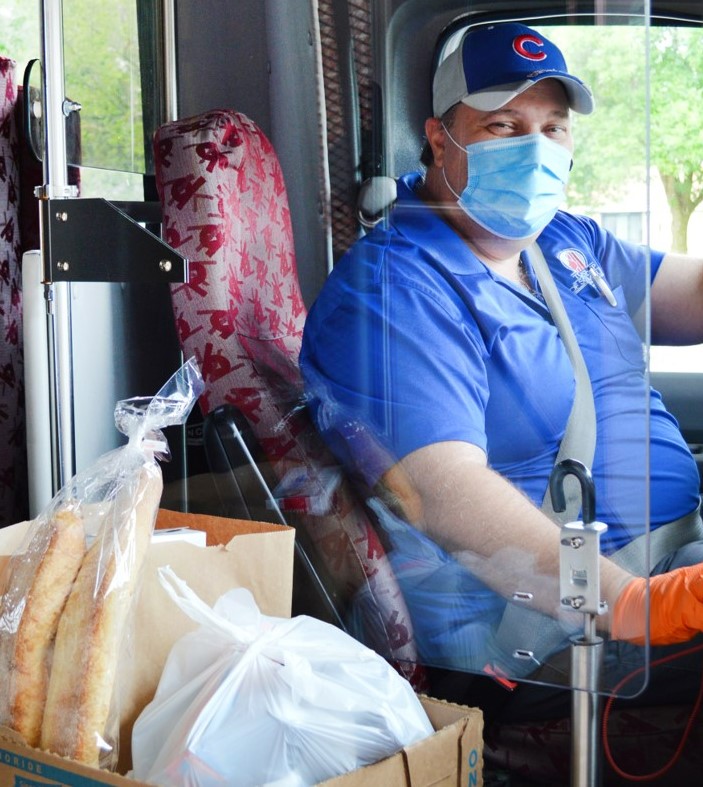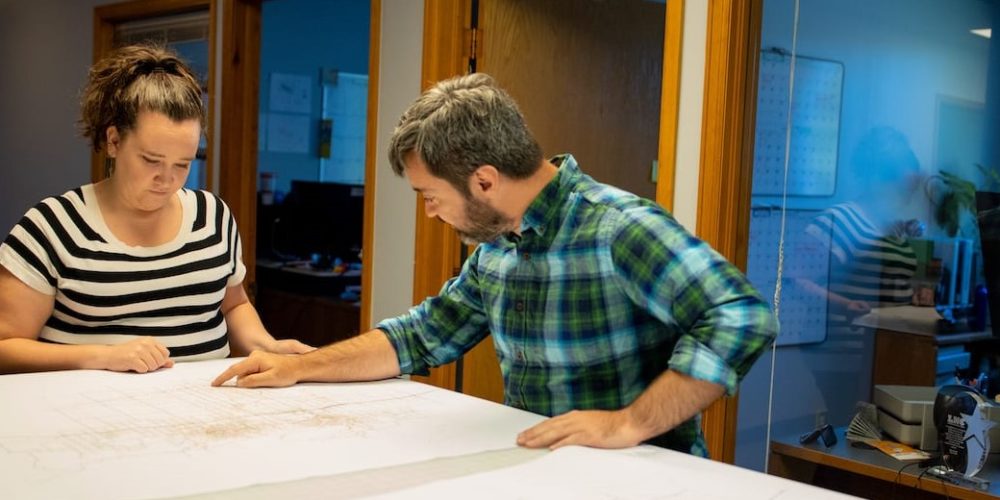After reading the title of this blog, you might be wondering what ‘downstream’ and ‘upstream’ have to do with transportation. These are common terms in the public health world to describe two different approaches to community health improvement.
- When looking at an upstream intervention, we’re talking about measures that can be taken before a health problem occurs. An example might be a program that provides transportation from food deserts to fresh food markets. Access to healthy food is a key concern when talking about the prevention of cardiovascular disease, cancer, and diabetes.
- A downstream intervention would include something like transportation to a diabetes management program. In the downstream approach, the health problem (diabetes) has already occurred and now we’re trying to manage the progression of the disease.
Underrepresented populations are particularly vulnerable to the impacts of policies, social constructs, and structural environments.
These create major disparities in health outcomes for people of color, people with disabilities, people with lower incomes, and rural populations. So, what is the best way to address these disparities? A team from West Virginia University is reevaluating traditional approaches and looking at ways that transportation planning can be done differently. New strategies allow for transportation planning that is “community-driven, rooted in public participation, and embraces the community in its entirety.”
The project, called ‘Place & Health in West Virginia and Underrepresented Populations,’ addresses various topics. Within the transportation section of the site, you can find several Photovoice reports and video stories of experiences from people who have little to no access to private transportation. These stories represent a wide range of ages, demographics, needs, and backgrounds. We see single moms who don’t have easy, safe, or reliable access to healthcare for their children, individuals experiencing homelessness who are trying to maintain employment, low-income families who are not only struggling to afford groceries but who are also struggling to carry them home, and older adults who spend nearly three full days each week traveling to and receiving dialysis.
It’s obvious, after hearing these first-hand experiences, why we see so many negative outcomes when people don’t have access to adequate transportation infrastructure.
What can the transportation industry do to ensure that transportation planning is equitable and addresses upstream issues?
Well…the team in West Virginia thought of that too. They’ve developed a “Transportation Equity Toolkit” which includes a series of guidebooks and a training module for teaching the public (underrepresented populations in particular) about the transportation planning process and how they can get involved. To view these resources, you can go to their page on suggested practices for transportation professionals.
Speaking with the project directors further illustrated the motivation for this work and the hopes they have for the transportation field.
According to Dr. Lauri Andress, Project Director this work started because she was noticing a lot of unsafe pedestrian conditions in the greater Morgantown, WV area. She wondered, “Why aren’t there other options for people?” This led to a series of deeper dives ensuring the voices of people who are impacted were included, such as women in the local Special Supplemental Nutrition Program for Women, Infants, and Children (WIC) program about their experiences accessing food.
Engagement was facilitated primarily by word of mouth. The team spoke with WIC program members, local elected officials, social workers, and local homeless shelters among others. They were also able to meet with a focus group of physicians which provided insight into the way the medical community views health and wellness. One of the participating physicians brought up a program that provides medical transportation. He was disgruntled about the fact that users were making appointments so that they could receive transportation to the medical office, only to walk across the street to the Wal-Mart to go grocery shopping. He indicated medical transportation shouldn’t be used that way. This is an unfortunate side-effect of a downstream approach. When there are inadequate services to ensure that people have safe access to food and other necessary resources that could prevent many major health problems, people take advantage of the resources that are available, if they are available. There must be a better way, right?
There are a few things Dr. Andress and her colleagues want transportation professionals to know.

Photo Credit: NADTC Photo Gallery, Township of Schaumburg, Hoffman Estates, IL
“Underrepresented people want to be heard and they want to participate. They may not know how to do that. They are not uninterested. They are overburdened with trying to handle the day-to-day tasks that it takes for them to survive. Literally survive. They juggle money, I would say, like magicians. They must clothe and feed a family, decide if they can keep a vehicle running, which utility bill do I pay? And then we want them to participate in governance, which is very important. Until they can deal with the trauma of living on a day-to-day basis. This falls to the bottom of the list. And it should. Transportation planners need to understand that and figure out how to meet people where they are, literally and figuratively,” said Dr. Andress.
Sandra Fallon, another contributor to the project, had this to say, “Identifying places that are easily accessible and are not intimidating to underrepresented populations. Planners need to figure out how to create places and spaces for them to participate. They [transportation professionals/planners] need to understand who underrepresented populations are. How to reach them and engage them. Create spaces and places and make sure that the strategies that are used when planners are engaging with underrepresented citizens are effective. Non-technical in nature, offer ways to interact verbally, using the arts (photovoice), different strategies to engage all the senses.”
If you’re looking to become involved in this or similar projects, they have an ask of the transportation field.
They are looking to pull together a panel to review the materials and provide feedback for future updates. If you’re interested in participating in this panel, please contact Dr. Lauri Andress or Sandra Fallon. Some other ways to improve the health and transportation access of underrepresented populations in your area is to utilize the engagement tools that this team has created, connect with your local public health department, and/or create your own video stories.
8/31/22 Update: Morgantown- Mon County Transportation Equity Project Summary – Place & Health in West Virginia (placeandhealthwv.com)
This blog was written by Chelcie Beadnell, Training and Technical Assistance Project Coordinator for Easterseals Transportation Group.

Leave a Reply